Venezuela is a vast country in the north of South America.
Venezuela has a northern border on the Caribbean Sea.
The land has the Andes Mountains in the northwest, a central plain and the Amazon basin in the south.
The geographical coordinates for the centre of Venezuela, also known as lines of latitude and longtitude, are:-
Latitude - 8 00N
Longitude - 66 00W
The capital of Venezuela is Caracas.
Venezuela is a presidential republic with a president as head of state and head of government.
In elections everyone over the age of 18 can vote.
The currency in Venezuela is the bolivar.
Spanish is the official language.
Check the weather in Caracas now.
This is the time in Caracas now








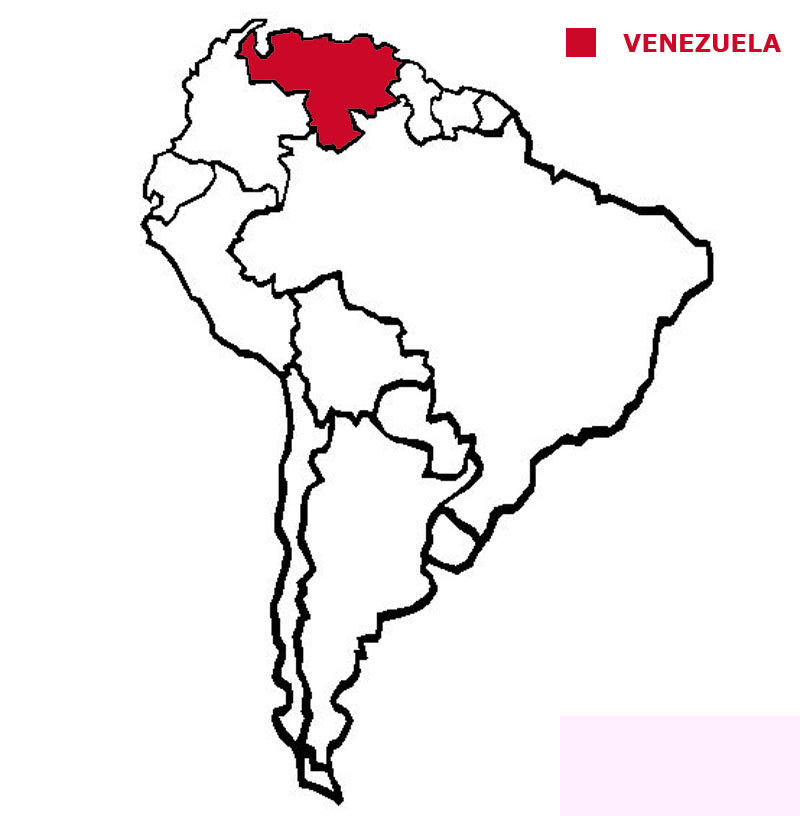




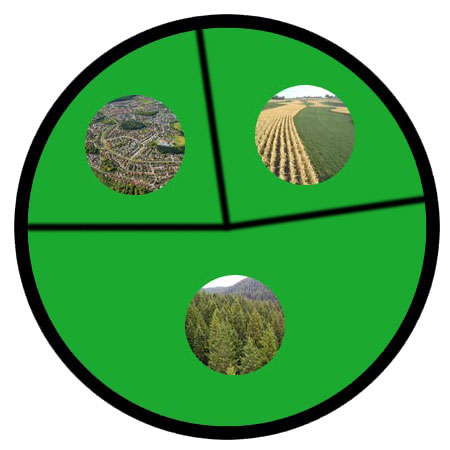

 Each little Owlbut is 1 person and
the big yellow rectangle is 1 sq km. After a while you can compare countries and see which ones are the most crowded. Remember it is only an average as
more people live closer together in towns and cities than in villages out in the country.
Each little Owlbut is 1 person and
the big yellow rectangle is 1 sq km. After a while you can compare countries and see which ones are the most crowded. Remember it is only an average as
more people live closer together in towns and cities than in villages out in the country.
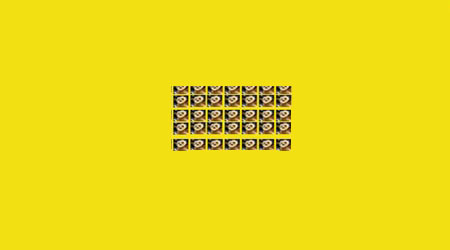

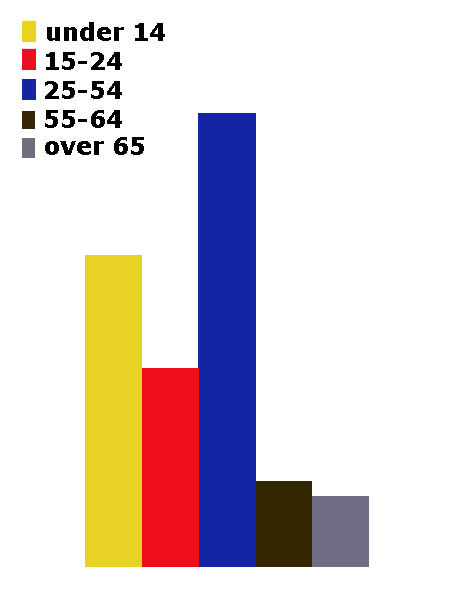
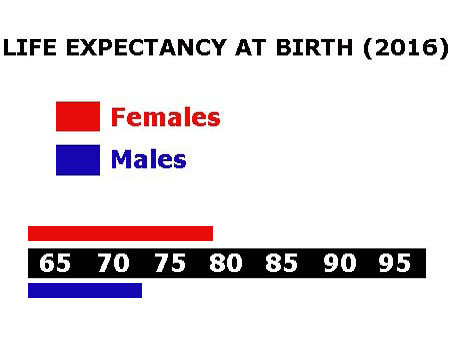

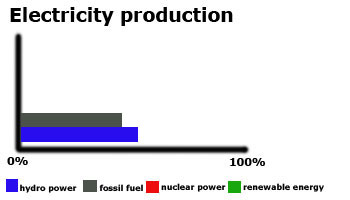

 They work in the following sectors.
They work in the following sectors.



